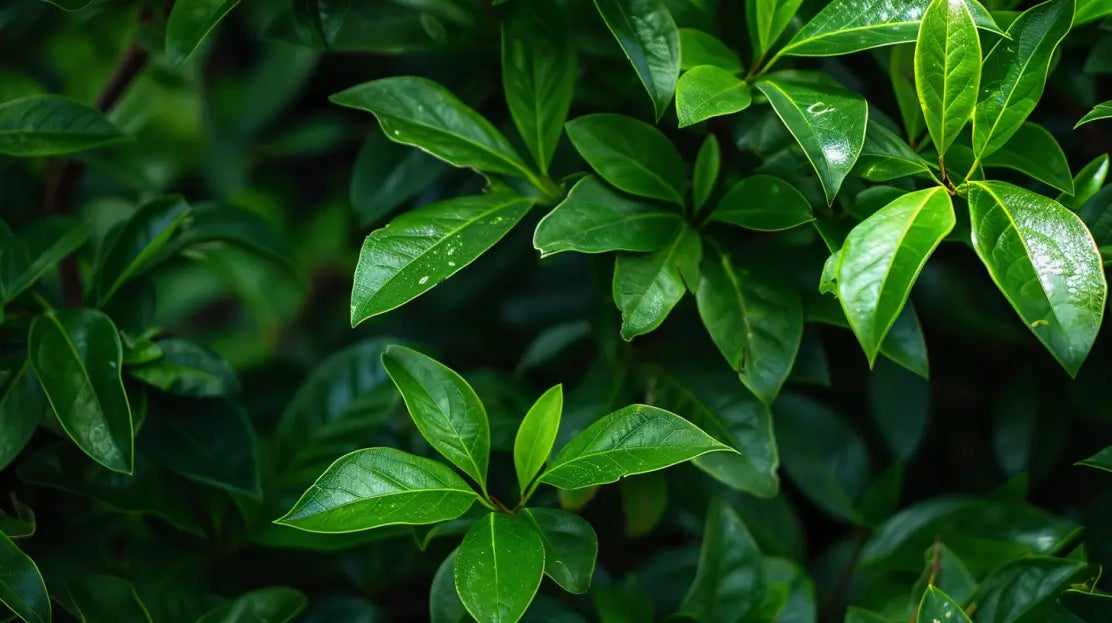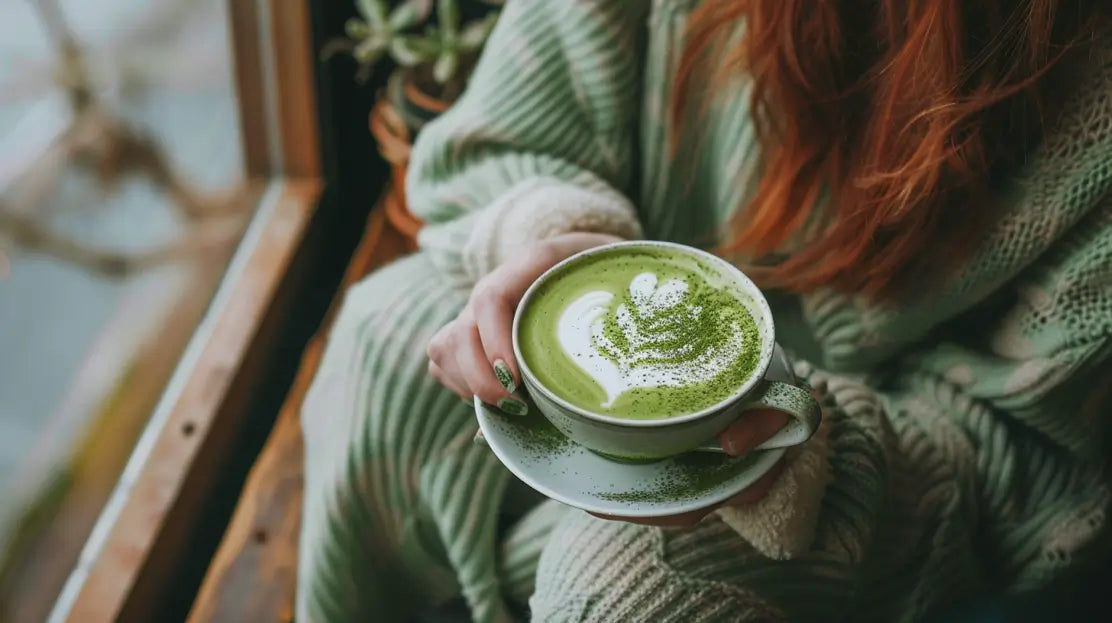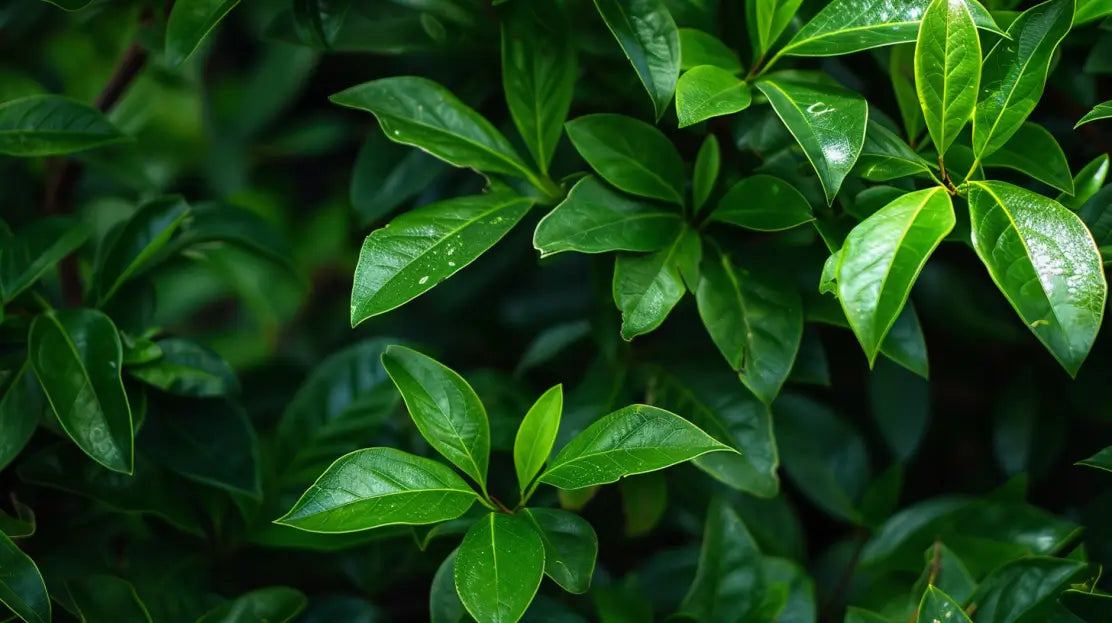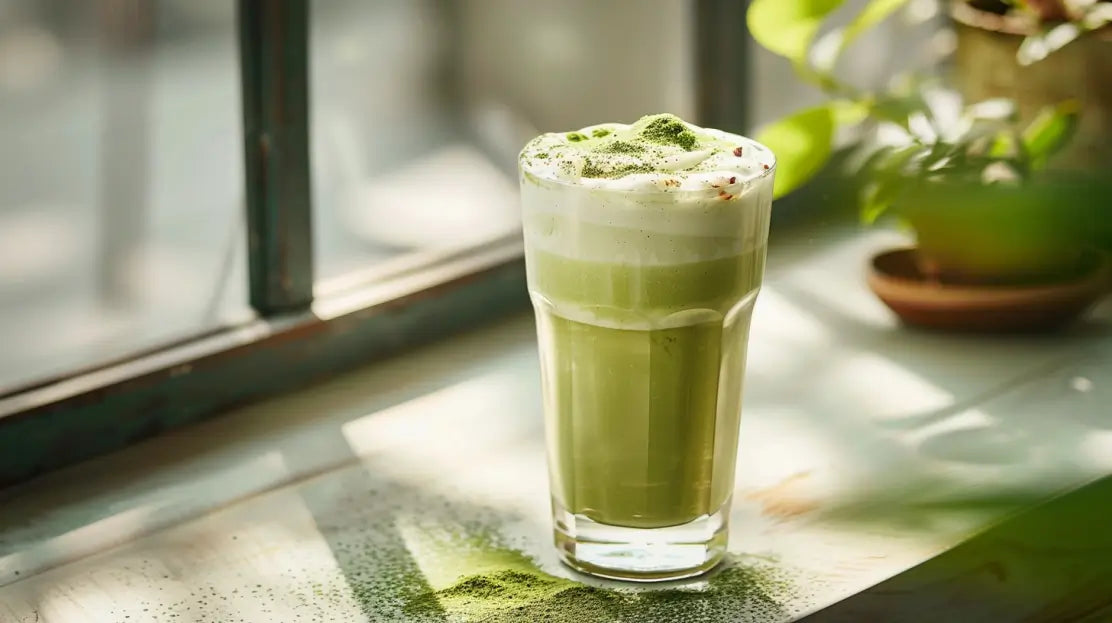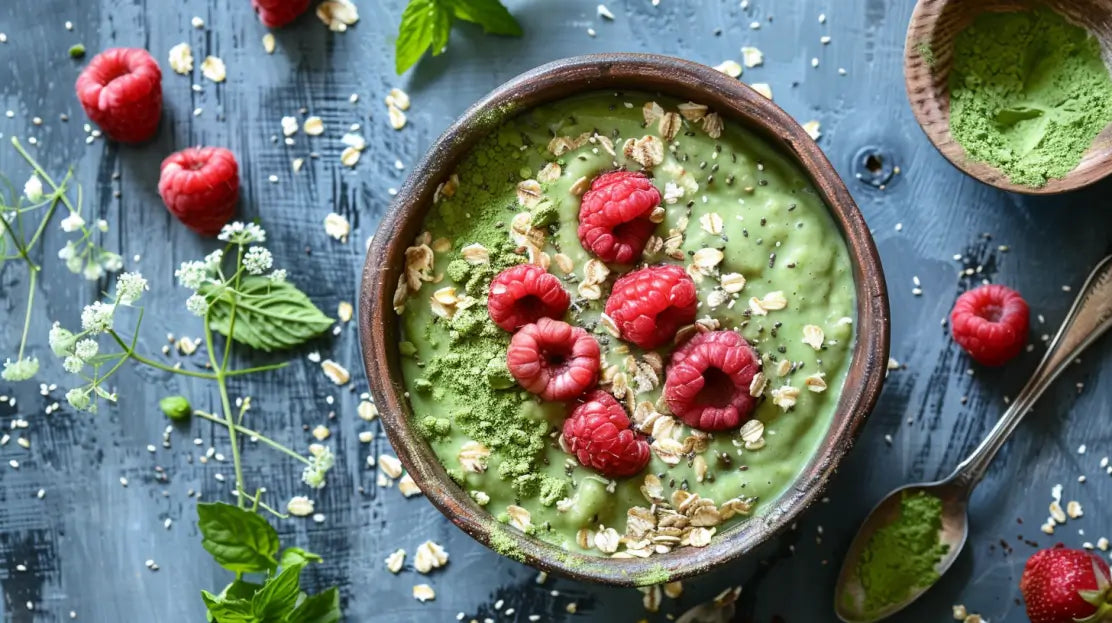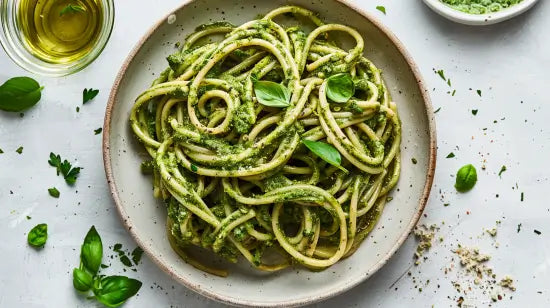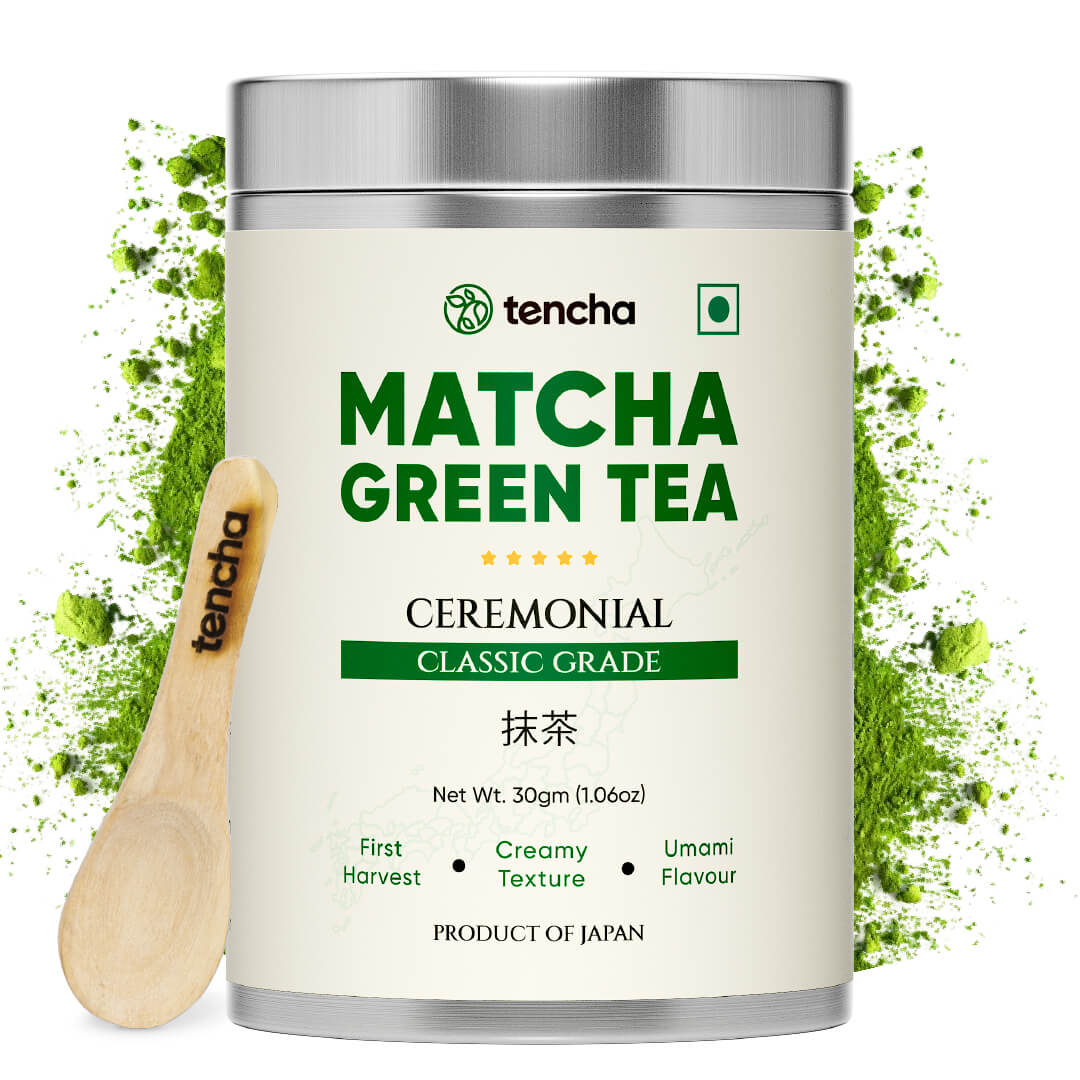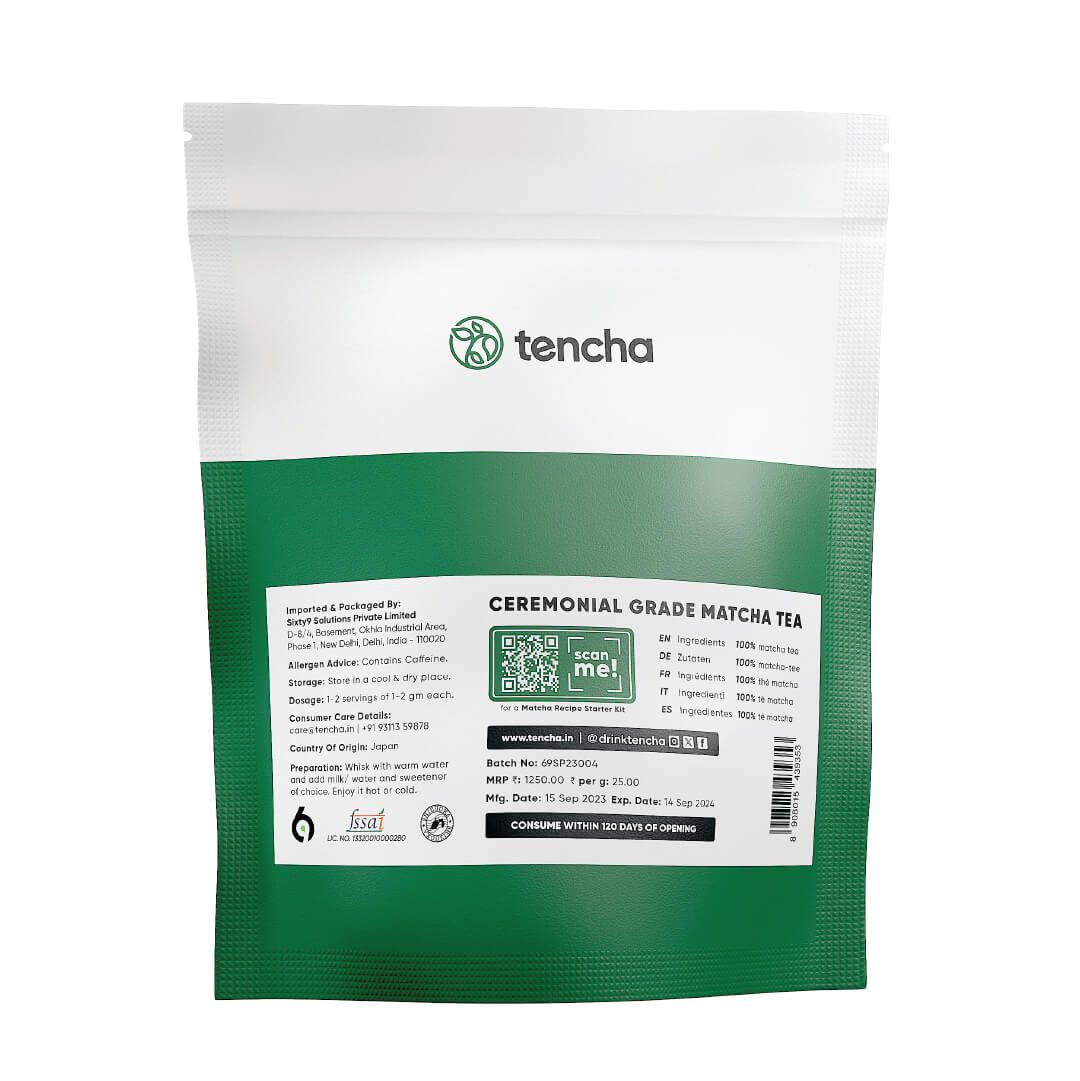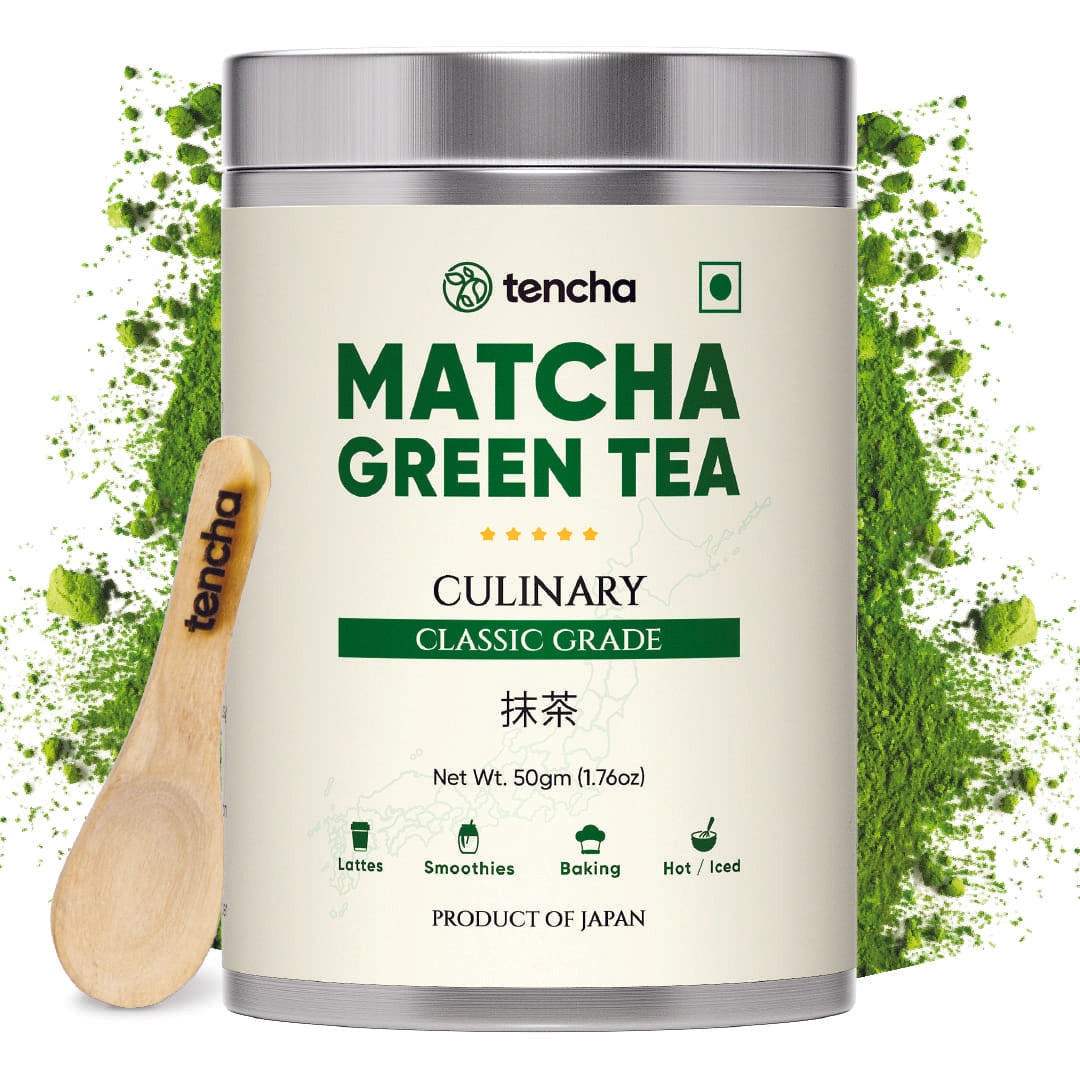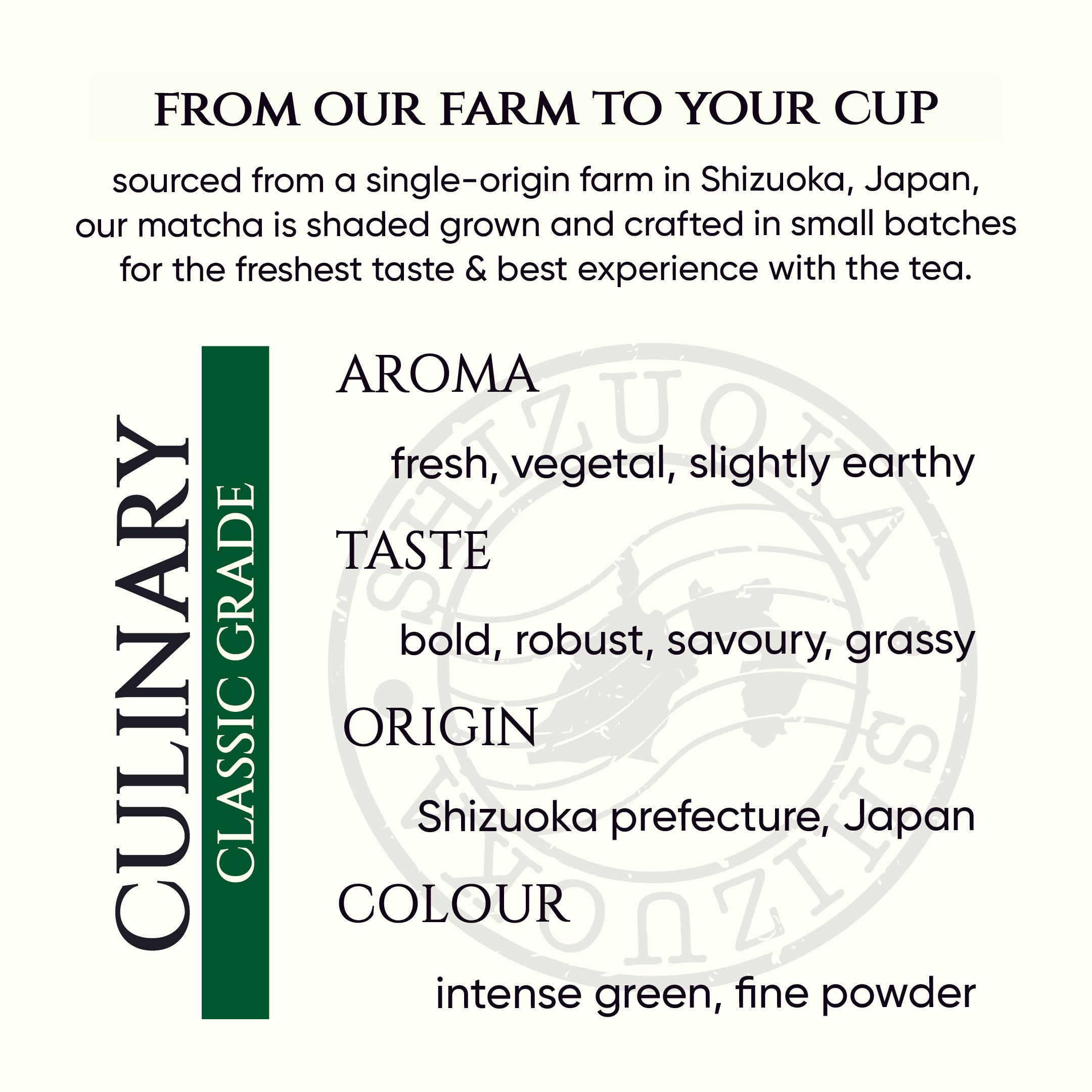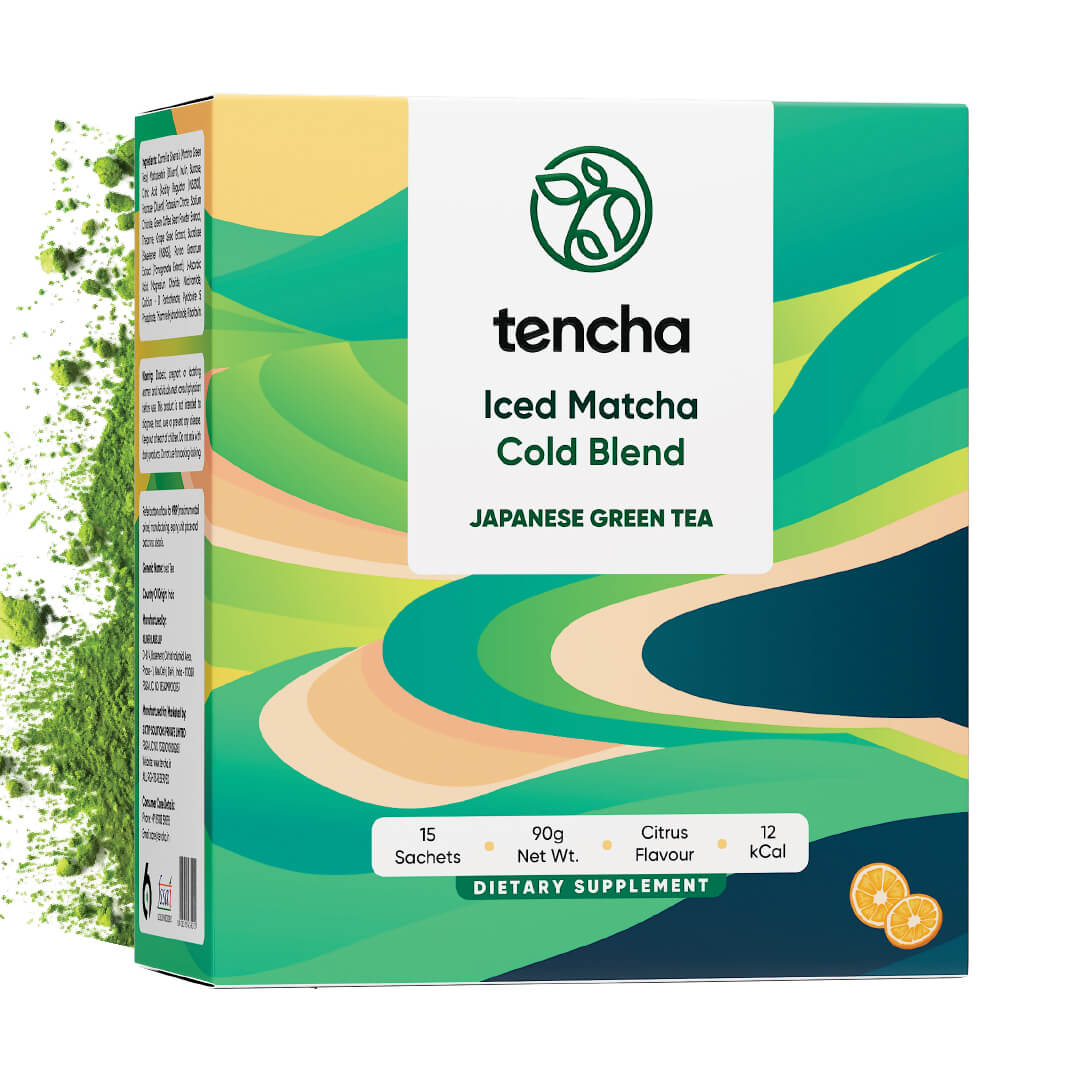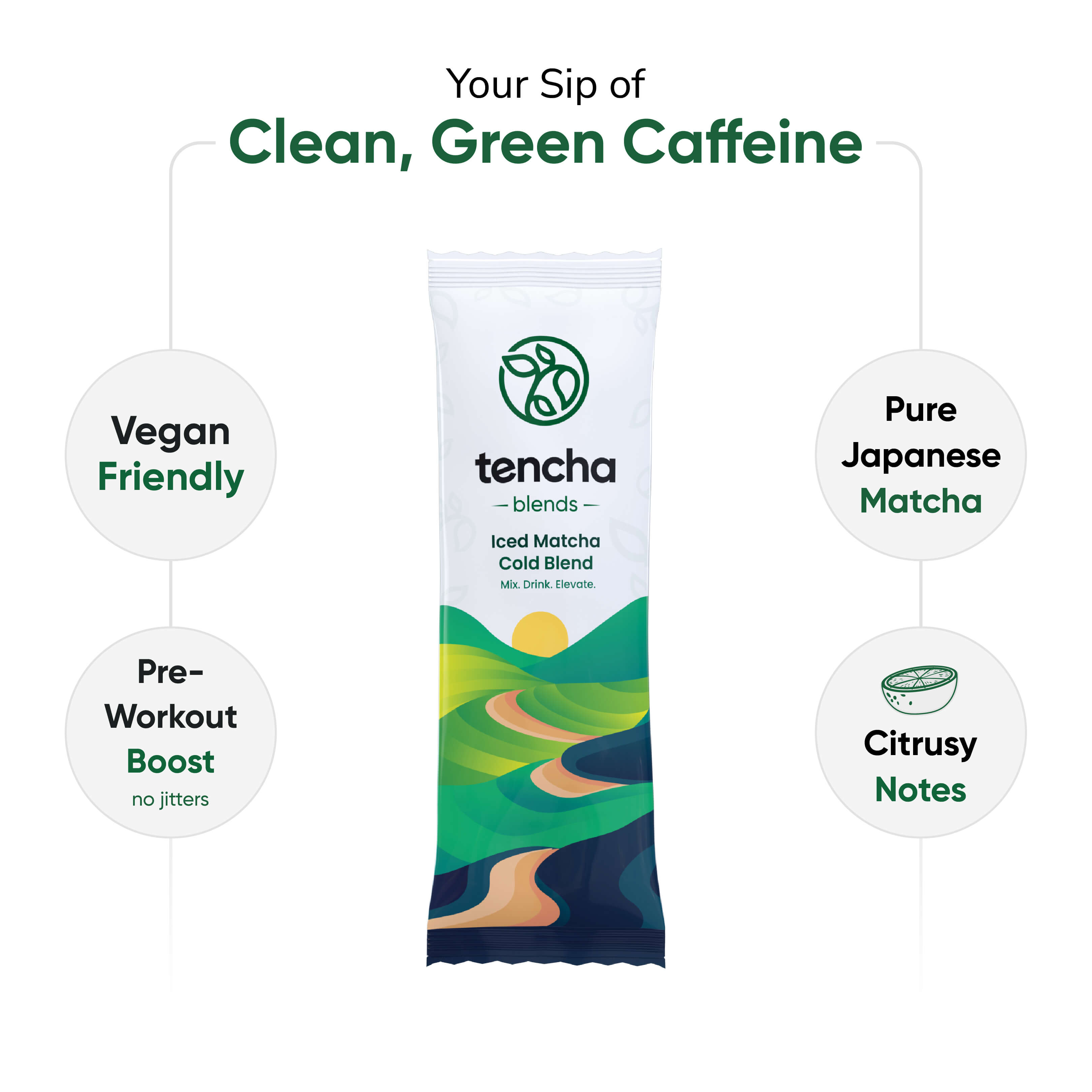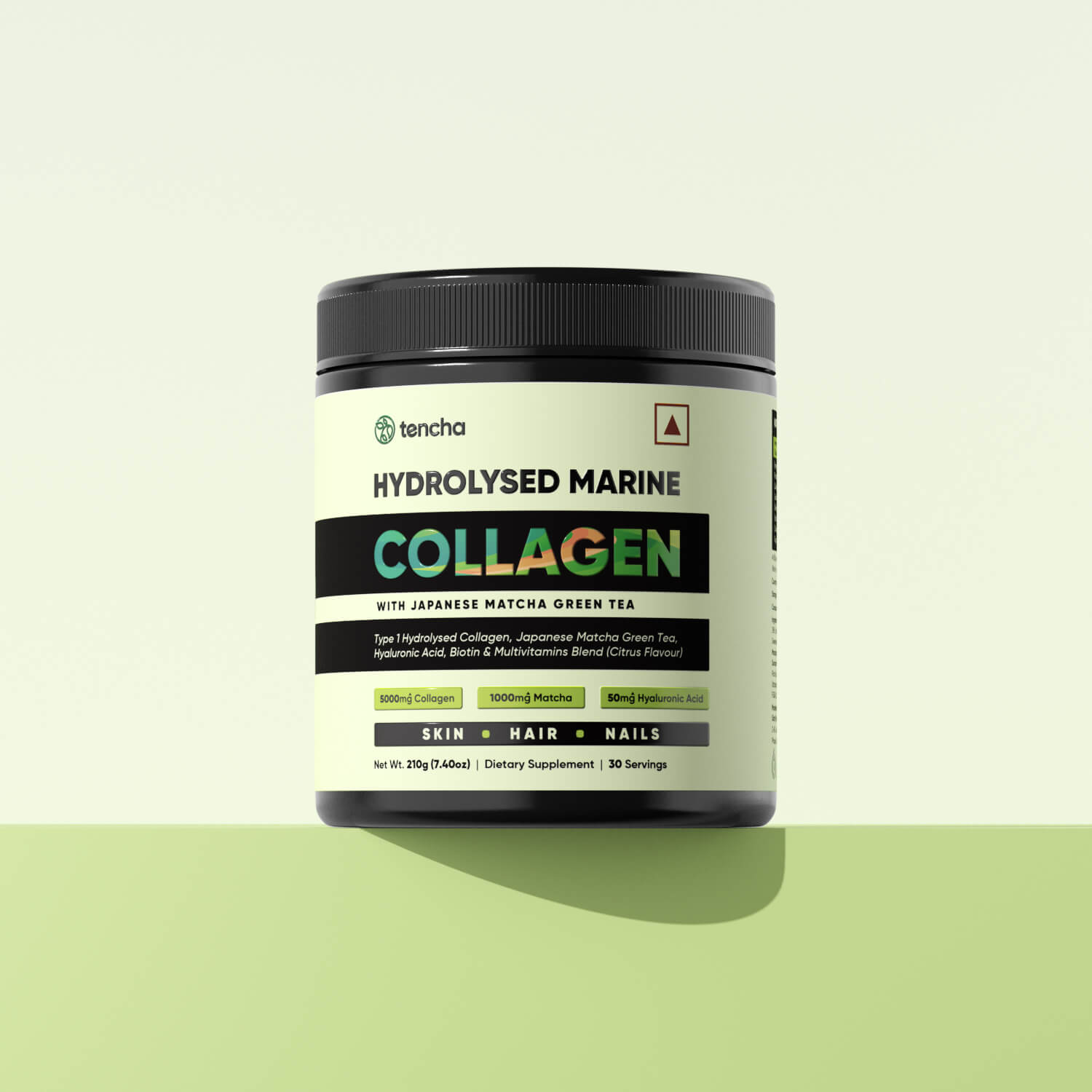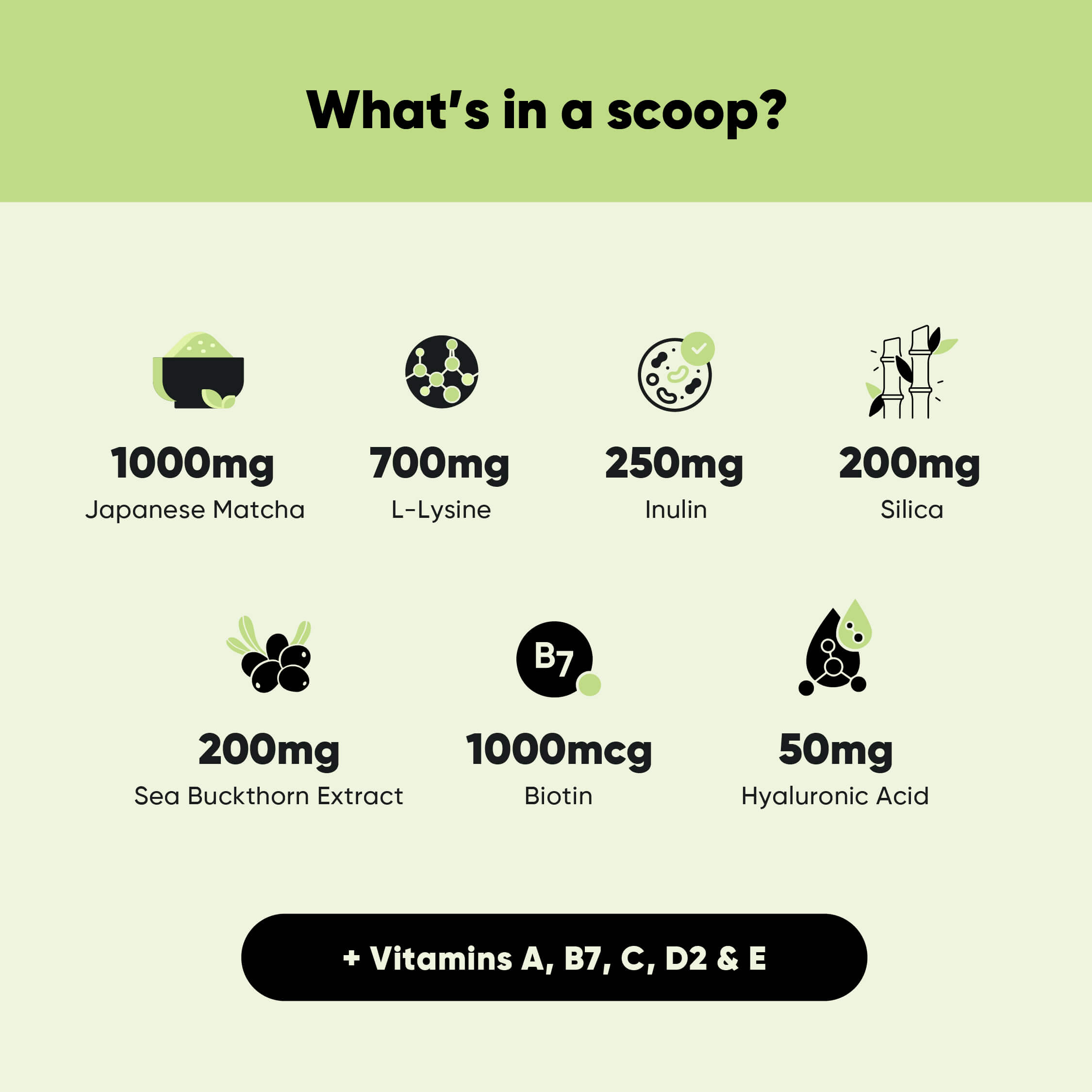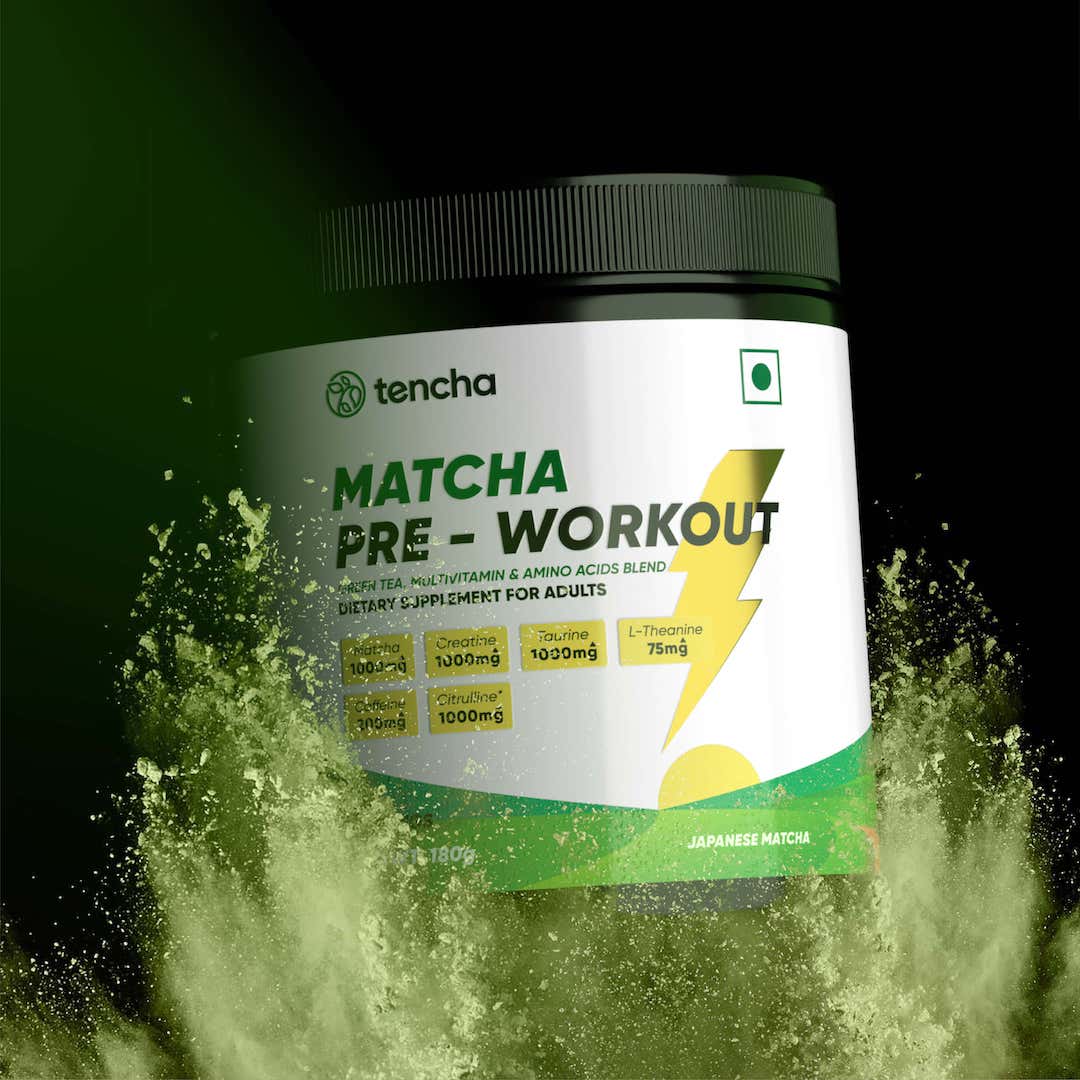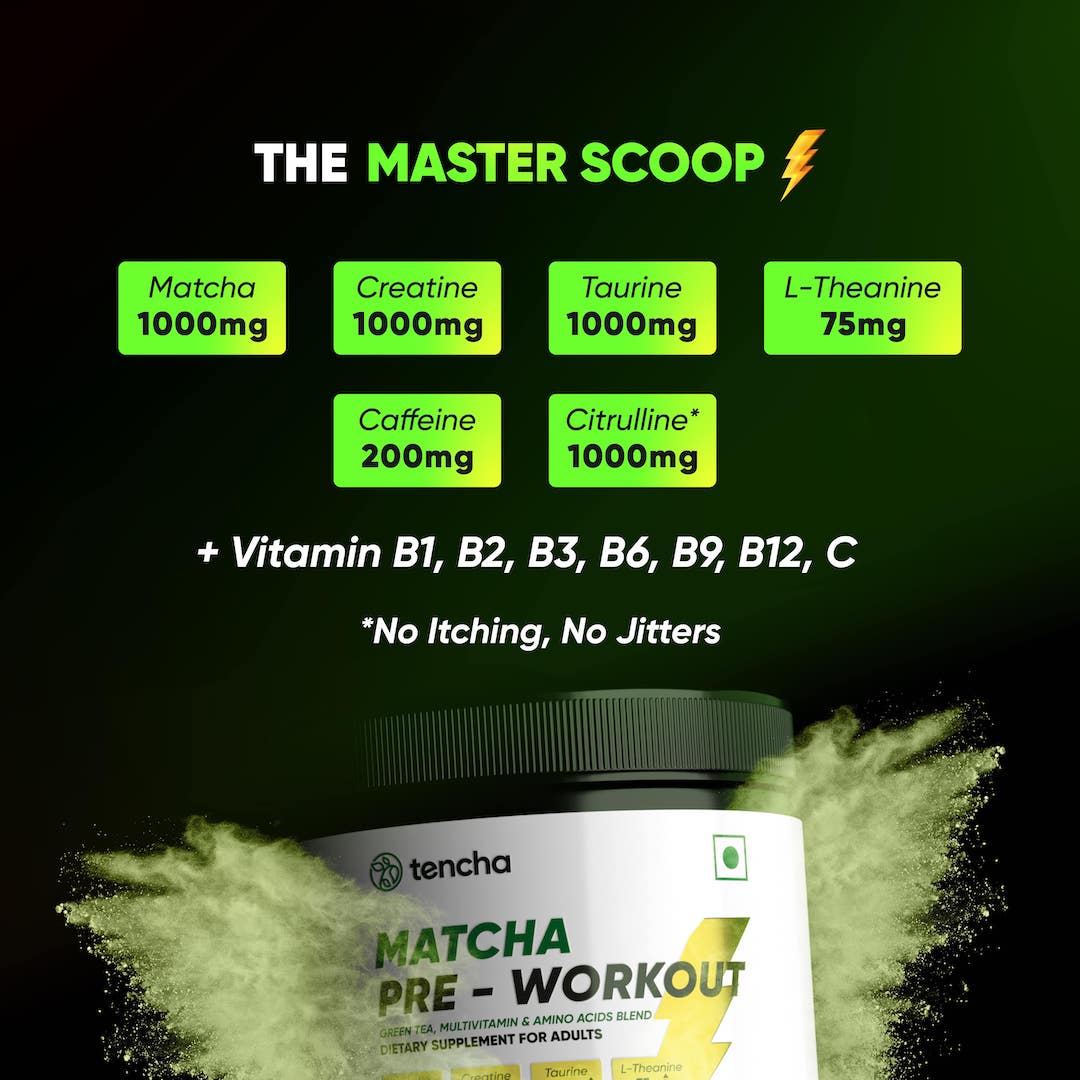Matcha, a vibrant green powdered tea, has become increasingly popular worldwide for its unique flavor, health benefits, and cultural significance. But what exactly is matcha made of? Understanding the origins and production process of matcha provides insight into why this tea is so highly prized.
Origins and Cultivation - Japanese Matcha Green Tea
Matcha is made from a type of green tea leaf called "tencha." The cultivation and processing of tencha are crucial to producing high-quality matcha. Here’s a closer look at the journey from leaf to powder:
Shade-Growing Process
The unique qualities of matcha begin with how the tea plants are grown. About three to four weeks before harvest, tea plants designated for matcha production are covered with shade cloths or straw. This shading process increases the chlorophyll content in the leaves, giving them a deep green color. It also enhances the production of amino acids, particularly L-theanine, which contributes to matcha's distinctive umami flavor and calming effects.
Harvesting
Only the youngest, most tender leaves are selected for matcha. These are typically hand-picked to ensure that only the best quality leaves are used. The careful selection process is essential for producing premium grade matcha.
Steaming
Immediately after harvesting, the tencha leaves are steamed to prevent oxidation. This step preserves the vibrant green color and maintains the nutritional content of the leaves. Steaming also helps to develop the characteristic fresh, grassy aroma of matcha.
Drying and Sorting
After steaming, the leaves are dried and then sorted to remove stems and veins. This results in pure, flat leaves known as tencha. The purity of tencha leaves is crucial for the final quality of matcha, as any stems or veins can affect the texture and flavor of the powder.
Grinding
The dried tencha leaves are then ground into a fine powder using traditional stone mills. This grinding process is slow and meticulous, taking up to an hour to produce just 30 grams of matcha. The slow grinding prevents the leaves from overheating, which could degrade their flavor and nutritional content.
The Final Product: Authentic Matcha Powder
The result of this intricate process is matcha powder, characterized by its bright green color, fine texture, and rich, umami flavor. The quality of matcha can vary significantly based on the growing and processing methods. Ceremonial grade matcha, used in traditional Japanese tea ceremonies, is made from the highest quality tencha leaves and has a delicate, smooth taste. Culinary grade matcha, while still high in quality, is slightly more robust and is often used in cooking and baking.
Health Benefits of Matcha
Matcha is renowned not only for its flavor but also for its numerous health benefits:
- Rich in Antioxidants: Matcha contains a high concentration of catechins, particularly epigallocatechin gallate (EGCG), which has potent antioxidant properties.
- Calming Effect: The L-theanine in matcha promotes relaxation and reduces stress, balancing the stimulating effects of caffeine.
- Boosts Metabolism: Matcha can help increase metabolic rate and fat burning, making it a popular choice for those looking to manage their weight.
- Enhances Focus: The combination of caffeine and L-theanine in matcha improves cognitive function, enhancing focus and concentration without the jitteriness associated with coffee.
Conclusion
Matcha is made from tencha leaves, which undergo a meticulous cultivation and processing journey to become the fine, vibrant green powder cherished worldwide. From the shade-growing process to the stone grinding, each step is essential to ensure the high quality of matcha. This unique tea not only offers a delightful flavor but also provides numerous health benefits, making it a truly special beverage.

